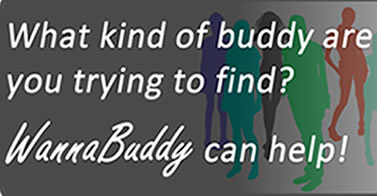
 Picture yourself sitting outside your villa in Tuscany, sipping some red wine and nibbling on a little bread dipped in some freshly-pressed olive oil. Wait! This is a diet? The Mediterranean diet reproduces the eating patterns of Italy and Spain to improve your heart health and maybe shed a few pounds. Here is why it is gaining popularity in diet circles.
Picture yourself sitting outside your villa in Tuscany, sipping some red wine and nibbling on a little bread dipped in some freshly-pressed olive oil. Wait! This is a diet? The Mediterranean diet reproduces the eating patterns of Italy and Spain to improve your heart health and maybe shed a few pounds. Here is why it is gaining popularity in diet circles.
The Mediterranean diet focuses on foods that are recommended, rather than focusing on foods that are minimized. That means a lot of fruits, vegetables, grains (typically whole), beans, nuts and olive oil; even a glass of red wine with dinner if you're so disposed. You won't see a lot of red meat, mostly seafood and the odd piece of chicken once in a while.
 The health benefits of the Mediterranean diet have been established by modern research. A study of 1.5 million adults showed reduced risk of cardiovascular disease, cancer, type II diabetes, Parkinson's and Alzheimer's among those following a Mediterranean diet. A more recent study of 2,500 New York City residents found similar benefits. All in all, some pretty compelling science backs up this diet.
The health benefits of the Mediterranean diet have been established by modern research. A study of 1.5 million adults showed reduced risk of cardiovascular disease, cancer, type II diabetes, Parkinson's and Alzheimer's among those following a Mediterranean diet. A more recent study of 2,500 New York City residents found similar benefits. All in all, some pretty compelling science backs up this diet.
What do you give up? The Mediterranean diet does not have much red meat. Even eggs are minimized, with less than five per week recommended. Most of your fat comes from olive oil, so expect that your dairy intake will be mostly from the Fat Free section of the grocery shelf. There aren't a lot of sweets in the diet, either, which can be a deal-breaker for some people. With little red meat and restricted dairy, many people take a multivitamin to be sure that they get enough iron and calcium. You will get plenty of omega-3 fatty acids and antioxidants, though, so don't look for a vitamin that features these nutrients.
Will you lose weight? A typical Mediterranean meal plan comes in right around the government's recommended 1,200 calories per day. Coupled with moderate exercise, you should be able to lose at a responsible rate of 2-3 pounds per week. In contrast to more draconian diets, it isn't hard to see yourself eating this way for the rest of your life. That means that you won't have a post-diet snap back of all the weight you lost, plus interest.
With all this going for it, why hasn't the Mediterranean diet taken over the dieting world? Some people are allergic to seafood, or just can't give up that steak on Saturday night. If you don't like your veggies, this probably isn't the diet for you. Olive oil and red wine play a role with the Mediterranean diet, so liking both is pretty important, too.
This is an especially good diet for people who eat out a lot. It is not hard to structure a casual- or fine-dining experience around a Mediterranean diet. Most of the time, the people eating with you won't even notice that you are on a diet. Just fight the urge for a second glass of red wine. Oh, and skip the desert. That might be the hardest part.
Are you ready to live like an Italian nobleman? Have you tried the Mediterranean diet? Click on the Comment button and let us know how it worked for you.




































